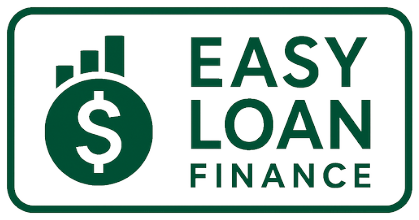For small business owners, securing financing can be a challenge—especially if you have less-than-perfect credit, defaults, or a limited trading history. Traditional banks often reject applications due to strict lending criteria, leaving many business owners without funding options.
That’s where no-doc and low-doc loans come in. These alternative loan solutions allow businesses to access capital without extensive paperwork or credit checks, making them an excellent choice for those who don’t fit the traditional lending mold.
At Ezi Private Lending, we specialise in helping clients access these alternative loan solutions, making business finance more accessible and hassle-free. Here’s everything you need to know about no-doc and low-doc commercial loans—how they work, their benefits, and what to consider before applying.
What are no-doc and low-doc loans?
A low-documentation (low-doc) loan is designed for business owners who have a steady income but lack full financial records like tax returns or audited financials. Instead of requiring extensive paperwork, lenders may accept alternative documents such as:
- Australian Business Number (ABN)
- Goods and Services Tax (GST) Registration
- Identification documents (driver’s licence, passport, etc.)
- Proof of income, which may include: Business Activity Statements (BAS), or a read-only bank link (used to assess borrowing capacity)
This option is ideal for businesses that have been operating for a short time or generate income but can’t provide full financial statements.
A no-documentation (no-doc) loan takes things a step further—requiring little to no income verification. Instead of assessing financials, lenders base approval primarily on the loan-to-value ratio (LVR) and the value of the security asset (such as commercial property).
Why no doc and low-doc loans are ideal for small businesses
1) No strict credit checks: Approval is based on asset value rather than credit scores, making these loans accessible to those with defaults, missed payments, or bad credit history.
2) Available for businesses with limited trading history: If you’ve only been operating for a short time and don’t have tax returns or financial statements yet, a low-doc or no-doc loan can provide the funding you need to grow.
3) Fast access to capital: No-doc and low-doc loans typically have faster approval times than traditional loans, often within days instead of weeks.
4) Flexible use of funds: Whether you need financing for business expansion, purchasing equipment, managing cash flow, or consolidating debt, these loans provide the flexibility to use funds as needed.
What to consider before applying
Before choosing a no-doc or low-doc loan, consider these key factors:
- Interest rates & fees: As these loans pose higher risks for lenders, interest rates may be slightly higher than full-doc loans. Always compare rates and terms before making a decision.
- Loan-to-value ratio (LVR): Most lenders offer up to 70% LVR, meaning you may need a larger deposit or equity in an existing property to qualify.
- Exit strategy: If you’re using a no-doc loan as a short-term solution, consider refinancing into a lower-rate loan once your financials are in order.
“Many business owners struggle with the rigid requirements of traditional loans,” says Gary Rawlings, Managing Director at Ezi PL. “No-doc and low-doc loans provide a solution that prioritises flexibility and speed, helping borrowers move forward with their investment or business goals without unnecessary delays.”


